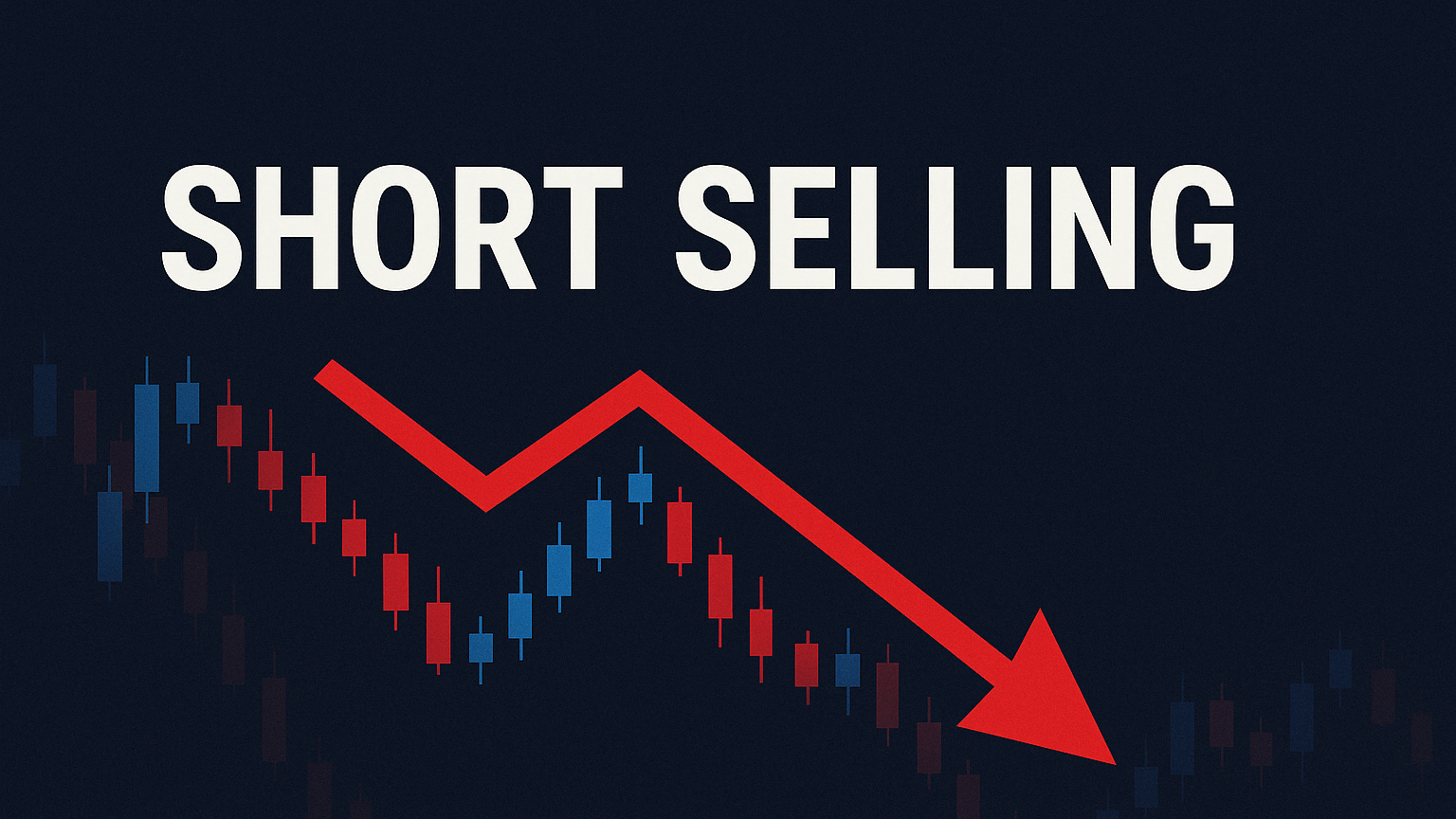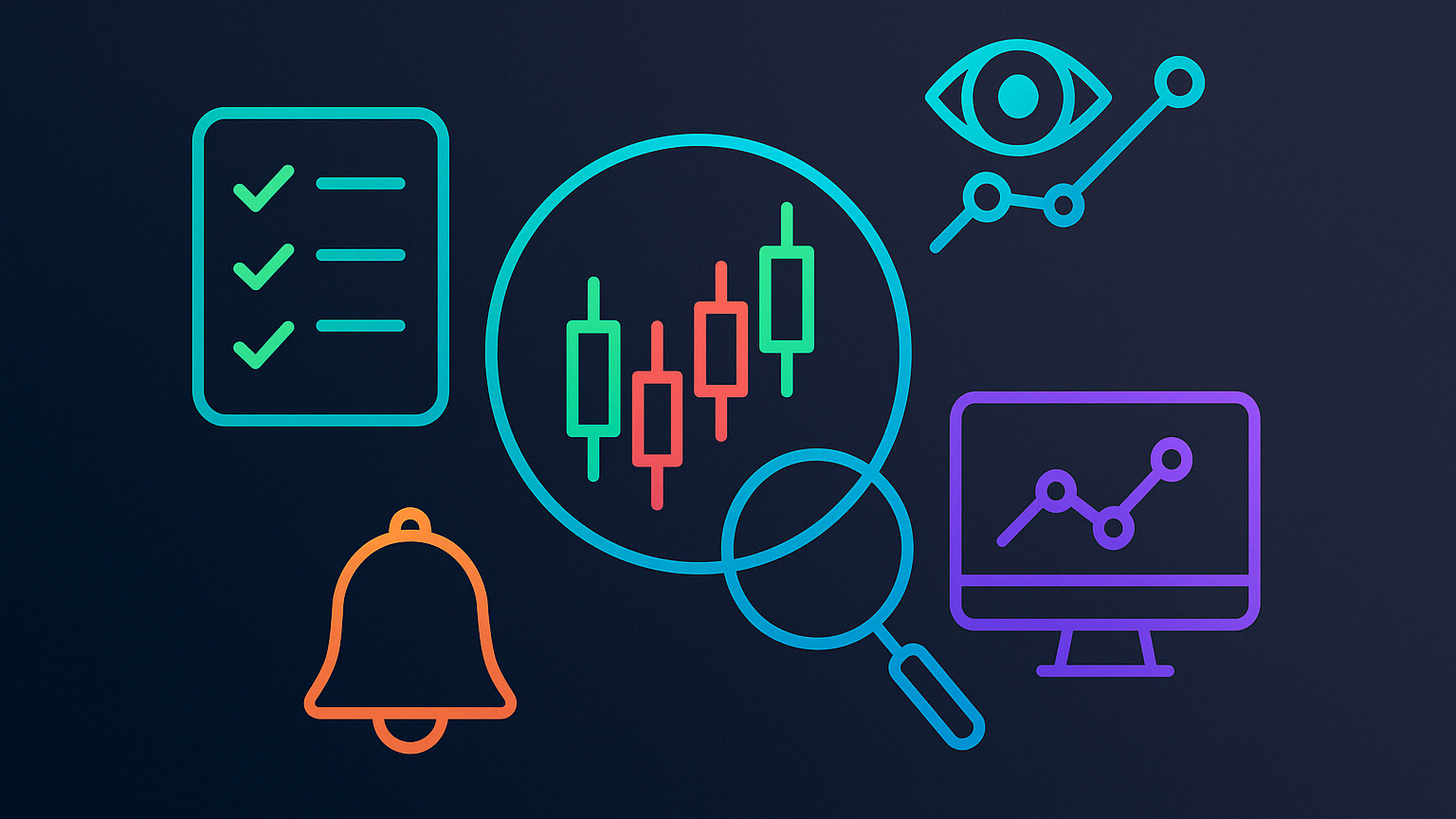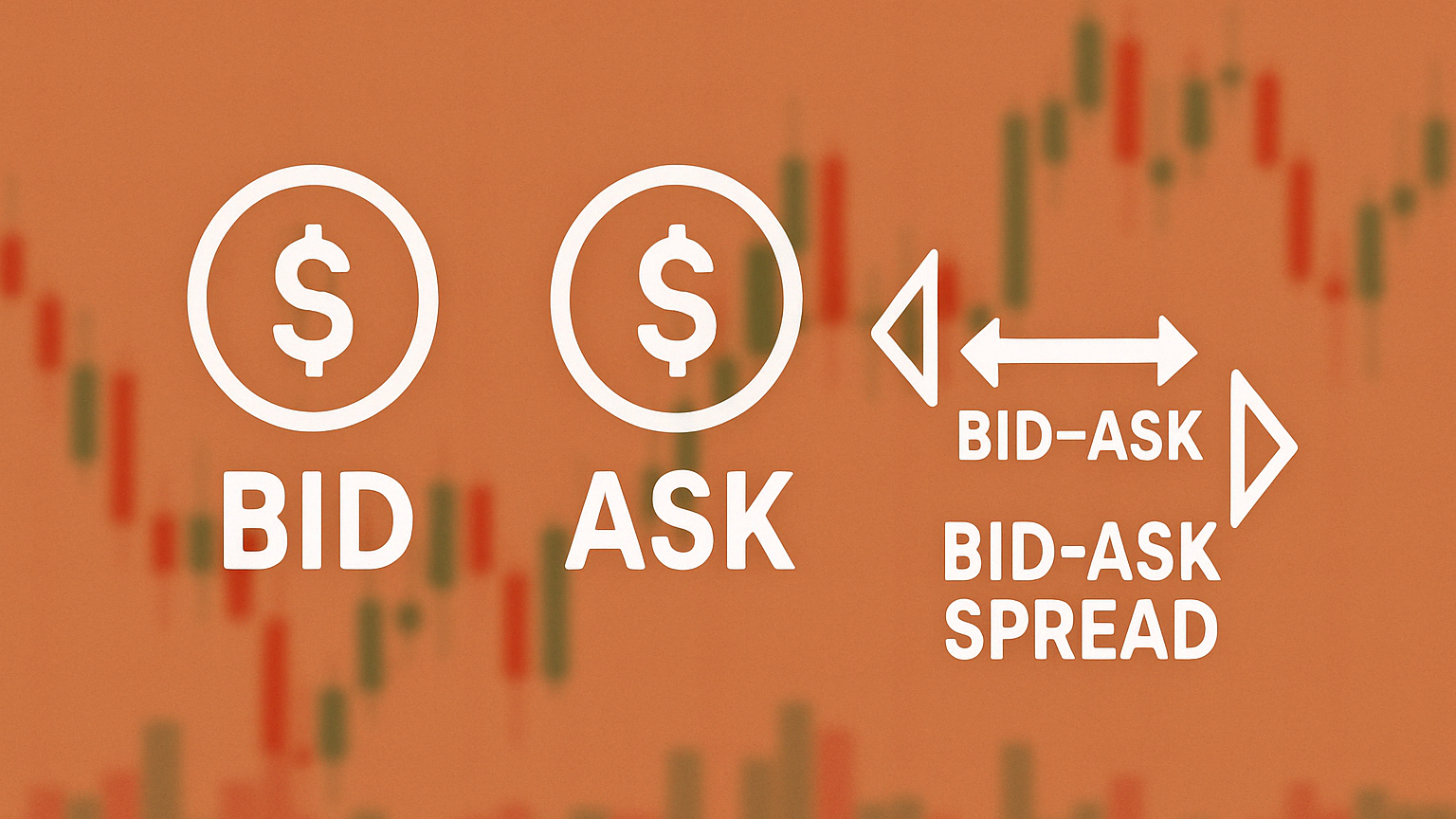Explore how confirmation bias affects trading decisions and discover strategies to mitigate its impact for better financial outcomes.
Confirmation bias can ruin your trades. It happens when you only focus on information that agrees with your beliefs, ignoring evidence that contradicts them. This mental shortcut can cloud judgment, mismanage risks, and lead to financial losses.
Key Impacts of Confirmation Bias:
- Skewed Decision-Making: Ignoring critical signals that challenge your positions.
- Risk Mismanagement: Overconfidence leads to oversized positions and poor stop-loss usage.
- Missed Opportunities: Sticking to biases blinds you to new trends or reversals.
How to Reduce Bias:
- Use rules-based trading (e.g., clear entry/exit criteria).
- Test assumptions by reviewing trades and seeking opposing views.
- Leverage AI tools like LuxAlgo for objective, data-driven insights.
- Keep a detailed trade journal to track emotional triggers and patterns.
Bottom Line: To succeed in trading, you need to spot and tackle confirmation bias. Use structured strategies, objective tools, and community feedback to stay balanced and make better decisions.
Psychology Behind Trading Bias
Mental Shortcuts in Decision-Making
Our brains are wired to use mental shortcuts, known as heuristics, to process market information quickly. While these shortcuts can save time, they often lead to biases that cloud trading decisions. One common example is confirmation bias, where traders seek out information that supports their existing beliefs. Behavioral finance research points to two specific shortcuts that frequently affect trading choices.
- Recency bias: This occurs when traders give too much weight to recent events. For instance, during the 2021 crypto bull run, many assumed the upward trend would continue indefinitely. When the market reversed in 2022, these traders faced significant losses.
- Anchoring bias: This happens when traders fixate on specific reference points, like their entry price. As a result, they might hold onto losing positions for too long or miss chances to lock in profits.
| Mental Shortcut | Impact | Example |
|---|---|---|
| Recency Bias | Overfocus on recent trends | Ignoring long-term cycles in crypto markets |
| Anchoring Bias | Obsession with entry price | Holding onto losing trades unnecessarily |
How Emotions Affect Trading
Emotions often intensify biases, especially confirmation bias. As Investopedia puts it:
"Confirmation bias is the tendency of human beings to actively search for, interpret, and retain information that matches their preconceived notions and beliefs." - Investopedia [1]
Fear and greed are two emotions that heavily influence trading decisions. Fear can magnify negative signals, causing traders to exit too early or miss opportunities. On the flip side, greed may lead to overconfidence, ignoring cautionary signs, taking oversized positions, and holding onto trades longer than necessary.
To minimize emotional interference, many traders are turning to objective tools. For example, LuxAlgo offers AI-driven indicators that rely on historical data, helping traders make decisions based on facts rather than feelings.
Recognizing how emotions and mental shortcuts affect trading is key to improving outcomes. By adopting systematic strategies and leveraging data-driven tools, traders can navigate these psychological pitfalls more effectively.
Common Trading Bias Examples
Missing Bear Market Signs
In late 2021, many traders overlooked bearish signals, focusing solely on bullish news. When Bitcoin hit its peak near $69,000 in November, minor price recoveries were seen as signs of continued growth. Meanwhile, warning signs like dropping volumes and waning institutional interest were ignored. This behavior, influenced by recency bias from the prolonged bull market, led traders to hold overly optimistic positions despite clear signs of market weakness.
Overlooking bearish signals doesn't just cloud judgment - it can lead to serious mistakes in managing risk.
Risk Management Mistakes
Confirmation bias often leads traders to mismanage risk. When they become fixated on a specific market direction, several common errors emerge:
| Risk Management Error | Impact | Common Behavior |
|---|---|---|
| Oversized Positions | Increased exposure to market volatility | Expanding position size after recent wins |
| Inadequate Stop-Loss | Losses exceed planned levels | Adjusting stop-loss further away to "let the trade breathe" |
| Over-leveraging | Greater downside risk | Using leverage to "capitalize" on perceived opportunities |
These errors are often fueled by emotions like fear and greed, pushing traders to chase profits or avoid recognizing losses.
Beyond risk management, confirmation bias also influences how traders interpret market data.
Market Data Misinterpretation
During market corrections, traders with a bullish outlook may focus only on favorable technical indicators, ignoring broader market signals or fundamental data pointing to further declines. This selective focus, shaped by anchoring bias, can lead to costly decisions.
To counteract this, professional traders increasingly turn to objective tools for analysis. For example, LuxAlgo's technical indicators provide clear, data-driven insights that highlight both bullish and bearish trends, helping traders avoid emotional pitfalls.
"Confirmation bias is the tendency of human beings to actively search for, interpret, and retain information that matches their preconceived notions and beliefs" - Investopedia [1]
Trading Performance Effects
Direct Money Losses
Confirmation bias can wreak havoc on trading accounts by leading to direct financial losses. When traders stick to their initial market views, even when faced with contradictory evidence, two major issues often arise:
- Position Sizing Mistakes: Traders may increase their exposure to losing positions, ignoring clear signals to cut their losses.
- Stop-Loss Mismanagement: Moving stop-losses further, disregarding technical signals, or averaging down can amplify losses and heighten risk.
| Bias-Driven Behavior | Financial Impact | Risk Multiplier |
|---|---|---|
| Moving Stop-Losses Further | Higher per-trade losses | 2-3x planned risk |
| Ignoring Technical Signals | Delayed exits from losing trades | Prolonged drawdowns |
| Averaging Down | Larger position size | Increased risk exposure |
In addition to these direct losses, confirmation bias hampers traders' ability to take advantage of profitable opportunities.
Lost Trading Chances
A rigid mindset caused by confirmation bias can stop traders from recognizing and acting on new trends, especially during market reversals. Tools like LuxAlgo can provide objective insights, helping traders spot reversals and structural shifts more effectively.
- Overlooking Market Reversals: Traders locked into a directional bias often miss profit opportunities during trend changes.
- Filtered Information: Bias causes traders to selectively process market data, ignoring contrarian setups, sector shifts, or key structural changes.
"Confirmation bias is a term from the field of cognitive psychology that describes how people naturally favor information that confirms their previously existing beliefs." - Investopedia [1]
Ways to Reduce Trading Bias
Trading bias can heavily sway investment decisions, but there are practical steps traders can take to stay objective and rely on data-driven strategies. Here's how to keep emotions in check and make smarter trading choices.
Rules-Based Trading
Having a structured set of rules can help you stay focused and avoid emotional decisions that lead to bias.
| Component | Rule Example | How It Helps |
|---|---|---|
| Entry Criteria | Price crosses 200-day MA with volume confirmation | Keeps decisions fact-based |
| Position Sizing | Risk no more than 2% of account equity per trade | Prevents overexposure from bias |
| Exit Strategy | Use a trailing stop-loss at the previous day's low | Avoids emotional exits |
These rules create a consistent framework, reducing the chance of subjective or impulsive decisions. But sticking to rules isn’t enough - challenging your own assumptions is just as important.
Testing Your Assumptions
To stay objective, traders should regularly evaluate their beliefs and strategies. Here are three ways to do this:
- Review past trades to identify where bias might have influenced outcomes.
- Seek opposing evidence to challenge your current market views.
- Track performance metrics across various market conditions to understand what works and what doesn’t.
Mindset shifts are helpful, but tools can also play a big role in eliminating bias.
Technical Analysis Tools
Advanced tools can provide a clearer, data-backed perspective, helping to counter emotional decision-making. For example, LuxAlgo offers features specifically designed to reduce bias:
- AI-Powered Analysis: Automated systems identify patterns without emotional input, offering an unbiased view.
- Multi-Timeframe Analysis: Looking at multiple timeframes prevents tunnel vision, a common pitfall of confirmation bias.
- Volume Analysis: Understanding volume trends gives you insights into trend strength, complementing price action data.
Building Better Trading Habits
Creating objective trading practices calls for a structured approach that blends technology, data analysis, and support from like-minded traders.
Trade Logging Methods
Keeping a detailed trading journal is essential for tracking your strategies and improving over time. Focus on these key components:
| Component | What to Track | Purpose |
|---|---|---|
| Entry & Position Details | Market conditions, indicators used, position size, risk level, reasoning | Ensure strategy consistency and manage risk effectively |
| Exit Information | Actual vs. planned exit, emotional state during trades | Spot emotional triggers like confirmation bias |
| Performance Review | Profit/loss, deviations from your strategy | Evaluate overall effectiveness and identify patterns |
By regularly reviewing your emotional state and trade outcomes, you can uncover patterns of bias, such as confirmation bias, and understand how they influence your decisions. While trade journals help analyze past behavior, AI tools can step in to address biases in real time.
AI Trading Analysis
AI and backtesting tools offered by LuxAlgo bring objectivity to the table by standardizing the decision-making process. These tools use automated pattern recognition and multi-factor analysis to cut through subjective interpretations, providing clear and actionable market insights and backtest-able technical analysis. This approach helps traders stick to disciplined habits, even in unpredictable market conditions.
But technology alone isn’t enough. Engaging with a trading community can add another layer of accountability and objectivity.
Trading Group Benefits
Being part of a trading community offers several perks:
- External Feedback: Fellow traders can catch biases you might miss and help refine your strategies.
- Knowledge Sharing: Gain insights from others’ successes and mistakes.
- Accountability: Regular peer reviews encourage consistent and objective trading practices.
Combining community support with disciplined trade logging and AI-powered tools creates a solid foundation for reducing bias and improving your trading habits.
Summary
Key Takeaways
Trading success relies on addressing cognitive biases using structured methods and tools for objective analysis. Here's a breakdown of practical steps traders can use to tackle confirmation bias:
| Strategy | How to Apply | What to Expect |
|---|---|---|
| Systematic Trading | Leverage backtested strategies and set alerts specifically for those setups using LuxAlgo | Decisions driven by data, not emotions |
| Documentation | Keep detailed trade logs with reasons for each action | Easier tracking of patterns and personal biases |
| Community Engagement | Join trading groups to hear diverse opinions | Gaining a more balanced perspective and accountability |
To make these strategies work, traders need to commit to consistent habits. This includes:
- Testing assumptions and backtesting your strategies regularly, seeking out opposing views, and keeping detailed records of decisions.
- Using technical analysis tools like LuxAlgo to gain clear, unbiased market insights.
- Engaging with trading communities to broaden perspectives and avoid one-sided thinking.
Confirmation bias can shape not only individual trades but also an entire trading strategy. By sticking to structured decision-making processes, leveraging technology, and staying connected with a community, traders can reduce its impact on their results.
FAQs
What is confirmation bias in trading?
Confirmation bias happens when traders focus on information that supports their existing beliefs while ignoring evidence that contradicts them. This can skew decision-making and negatively affect financial outcomes.
For example, a trader might sell a stock based on negative rumors, overlooking positive news that later drives the stock price up.
Here are some common signs of confirmation bias and ways to address them:
| Warning Sign | Impact | Prevention Strategy |
|---|---|---|
| Information Filtering | Ignoring data that challenges current positions | Use diverse analysis tools and objective indicators |
| Emotional Trading | Decisions driven by feelings instead of facts | Rely on rules-based trading systems |
| Technical Signal Bias | Picking and choosing market patterns to fit a narrative | Apply systematic analysis methods |
To manage confirmation bias, it's essential to base decisions on objective data rather than emotions. Tools like LuxAlgo's AI platform offer impartial technical analysis, and keeping detailed trade logs can help you review and improve your decision-making process.







